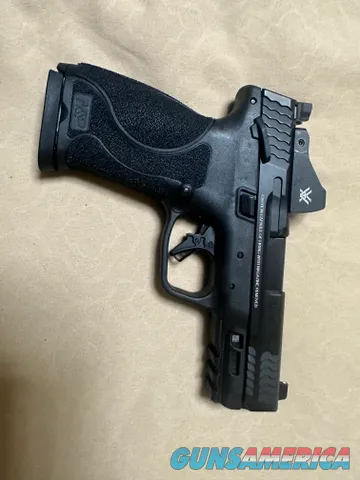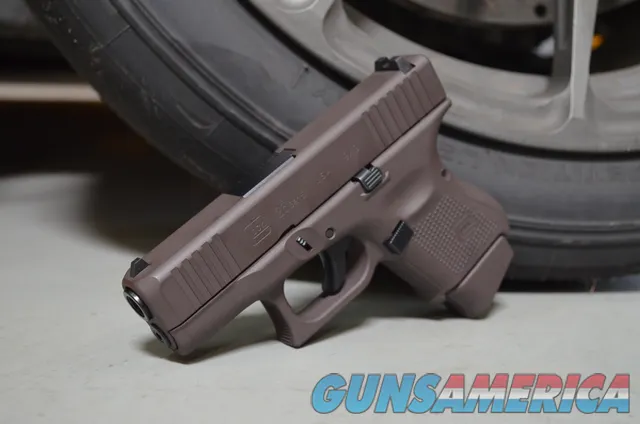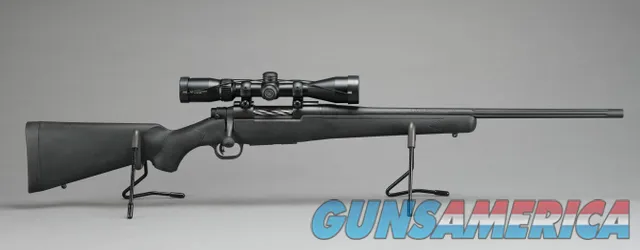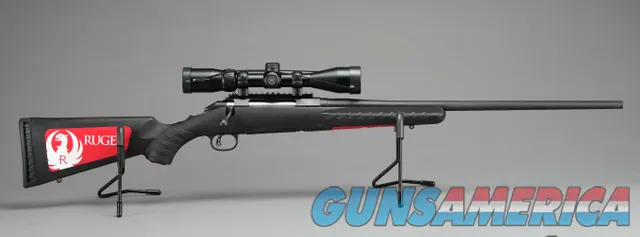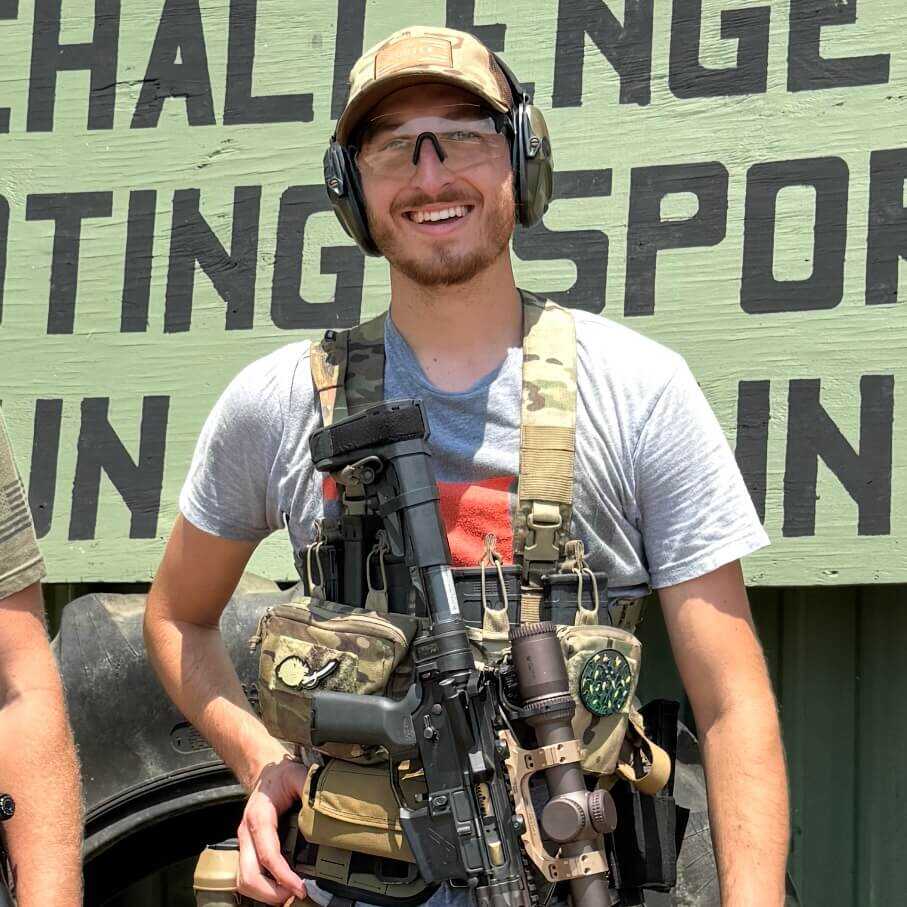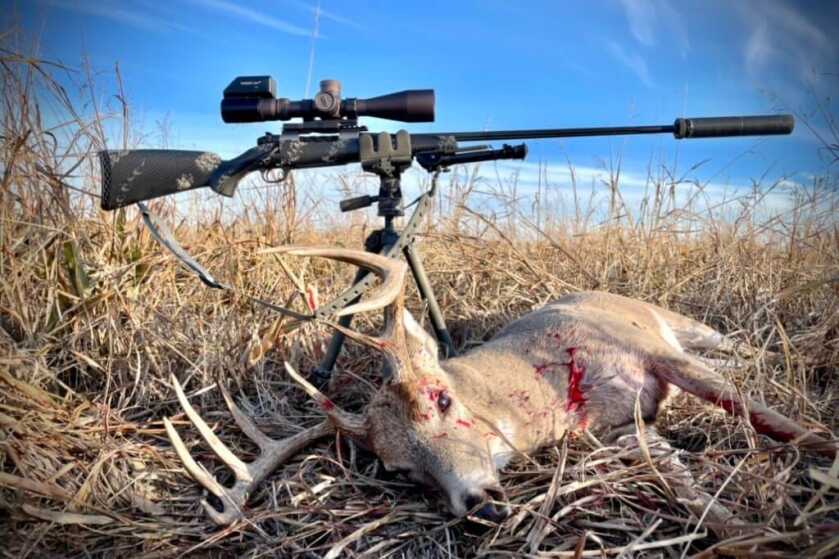
Last year Vortex added another high-end optic to its existing Razor lineup, the powerful Razor HD Gen III 6-36X56 FFP. Aiming to provide the perfect balance of magnification and field of view, this Razor delivers the contrast and resolution shooters demand. This first focal plane scope features the EBR-7D reticle available in MRAD or MOA to provide more than adequate holds while still delivering a clear sight picture. Built rugged and ready for the field, this Razor did not disappoint.
Vortex Razor HD Gen III 6-36×56 Specifications
Magnification: 6-36x
Objective Lens Diameter: 56 mm
Reticle: EBR-7D in MRAD/ MOA
Eye Relief: 3.5 inches
Turret Style: Exposed Locking
Tube Size: 34 mm
Adjustment Graduation: .1 MRAD/ 1/4 MOA
Parallax Setting: 10 yds to infinity
Max Windage Adjustment: 15.5 MRAD/ 52.5 MOA
Max Elevation Adjustment: 36.1 MRAD/ 120 MOA
Travel Per Rotation: 10 MRAD/ 25 MOA
Length: 15.3 inches
Weight: 45.1 oz
Field of View: 20.5-3.5 ft @ 100 yds
Reticle
While available in MOA or MRAD variants, I opted to test the MRAD version of the Razor 6-36. Due to the scale of MRAD to MOA, I have always preferred MRAD scopes for keeping the holdover values smaller and more straightforward. The EBR-7D reticle provides all the information needed for figuring out windage and elevation adjustments in the field. I am a fan of this type of hourglass reticle system as it gives the information shooters need without cluttering up the glass. The reticle is very useable while remaining non-distracting when the holdovers are not needed. I also love the center of this reticle. It has a small opening with a tiny dot that allows you to see more information about your target while giving a very fine .03 MRAD dot for placing the perfect shot. The MRAD variant has etchings that go down to 10 MRAD but when combined with the 36.1 maximum MRAD elevation turret adjustment, long-range shooters will have a total potential of around 46 MRAD to make calculated holds for. Once sighted in, I could dial for 23.5 MRAD. For those who use a 20MOA mount, more elevation adjustment should be available since mine was a flat 0MOA mount. Also, since this optic utilizes an FFP reticle, the holdovers remain constant at any magnification. The Razor has an illuminated reticle powered by a single CR2032 battery for helping with low-light shots.
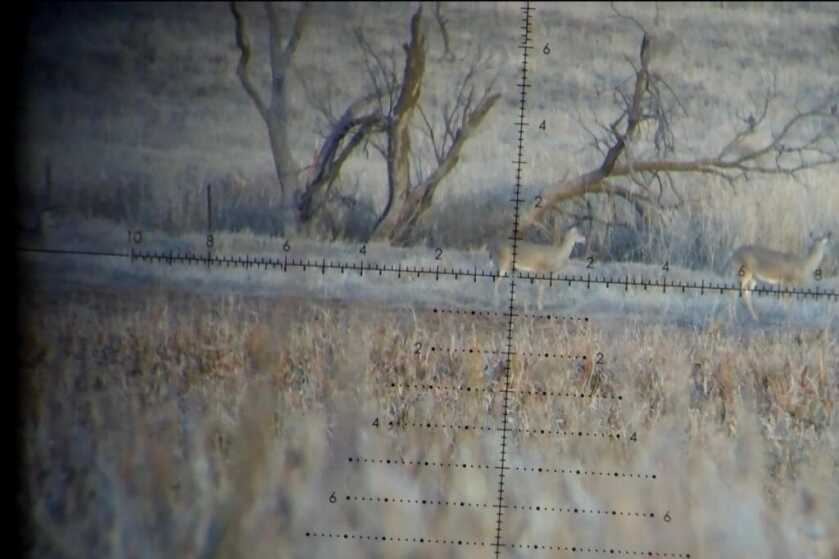
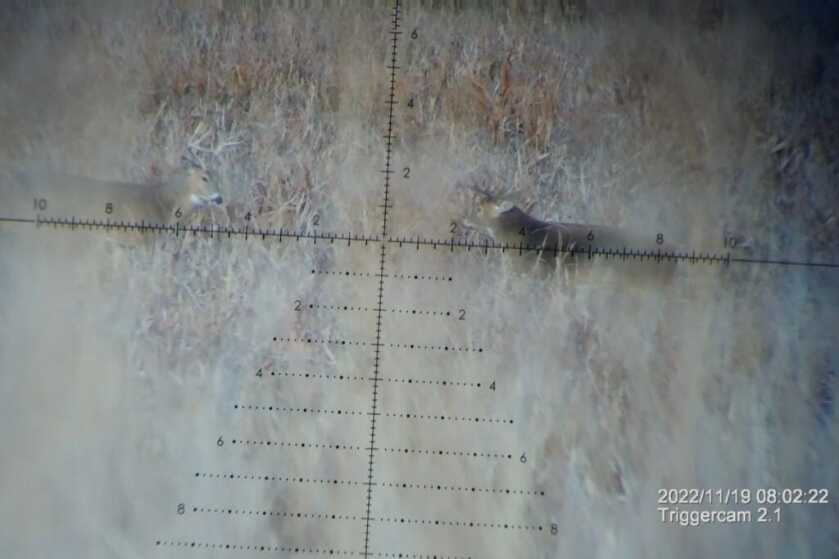
Zero System
New to me was the L-Tec+ Zero System that Vortex utilizes in the Razor HD Gen III 6-36. This system is easy to zero and does not require the removal of the turret. All of the parts are captured internally and only require backing off of a single set screw to adjust. Once the set screw is loosened, the top cap can be twisted by hand to zero the scope. The neat thing about this is that there are no clicks that allow the optic to be micro-adjusted to have an infinitely fine-tuned zero. While zeroing, tightening the set screw didn’t seem necessary between shots as the cap stayed where I set it even when firing a few rounds, but once getting a fine-tuned zero, the set screw should be torqued back down.
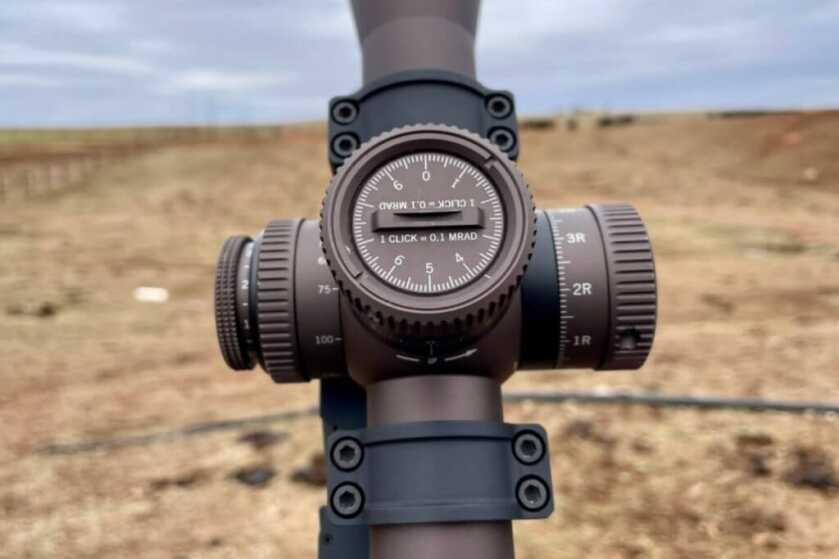
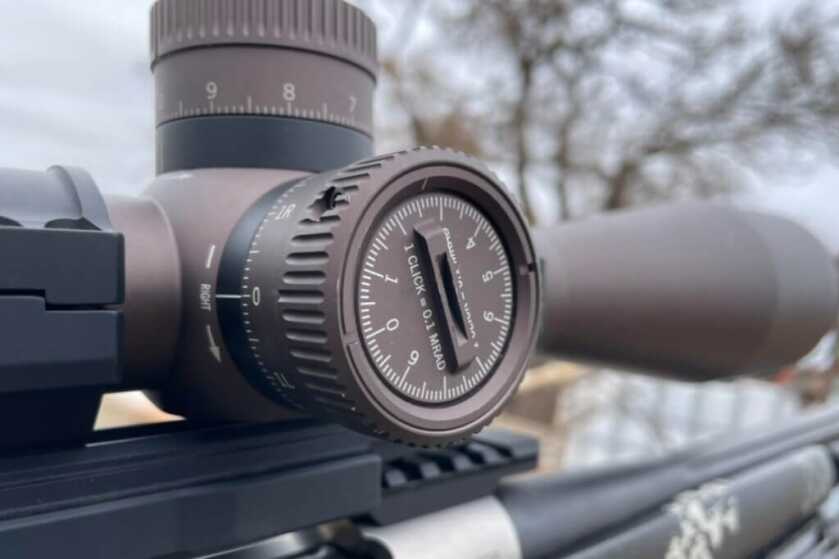
Turrets
The turrets themselves are quite large. I prefer a wider turret as it allows for more adjustment per revolution, and these turrets offer 10 MRAD per twist. Adjustments are positive, and clicks are easy to feel. The numbering system is clear making it quick to double-check how many clicks were dialed for. Both the windage and elevation turrets feature a lock-out to keep them from accidentally being twisted when the rifle may be slung. Just push down to lock the turrets in place, raise it up and twist to dial-in shots as needed.

The only downside to the turrets being so large is that they will obstruct the view of a red dot if mounted in the 12-o-clock position. Being a 6-36, having an offset red dot could prove quite useful for close encounters or spooking stuff out of the brush. Even though the turrets may block a top-mounted red dot, offset mounts still work just fine.
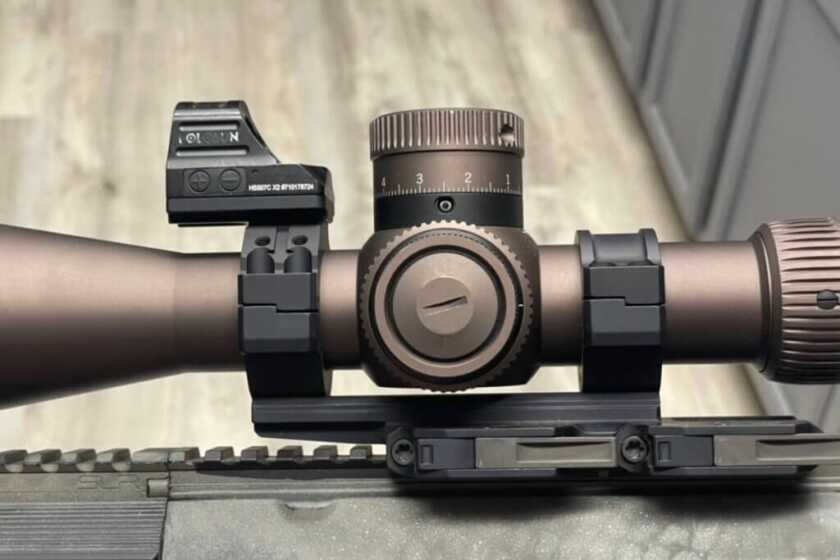

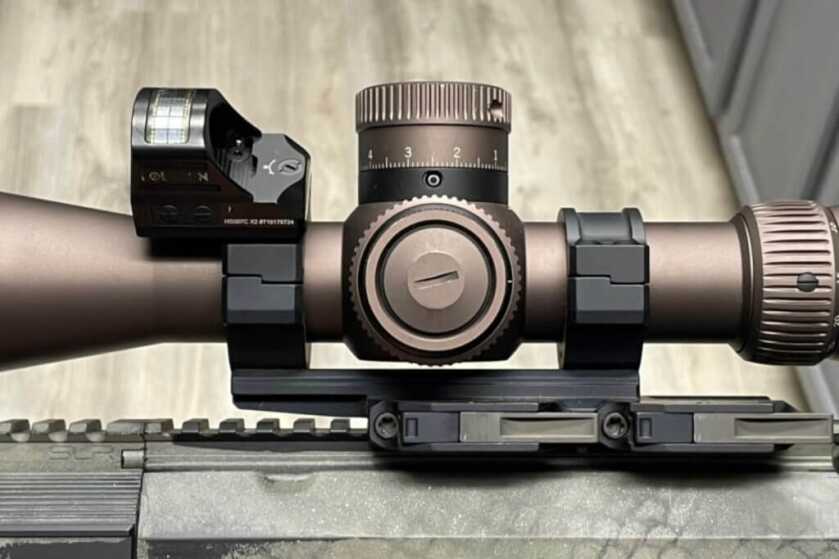
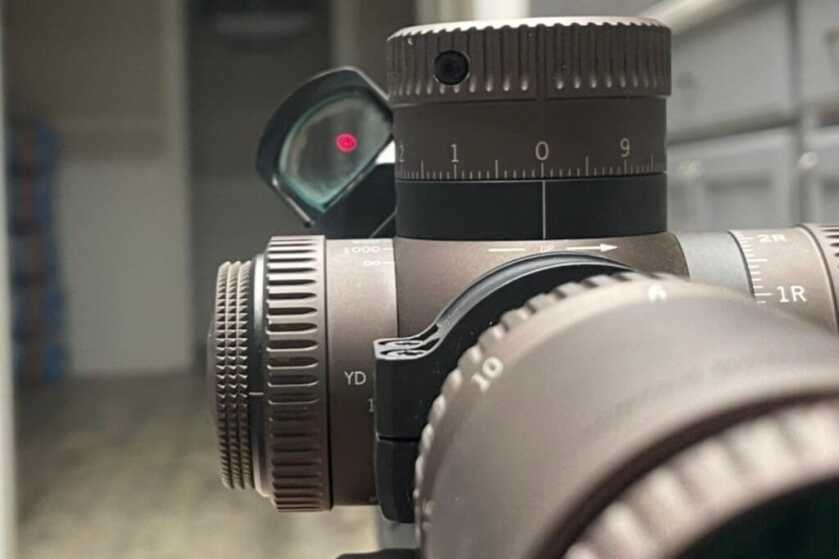
Tracking
Deciding to test how well the turrets actually worked, I zeroed a laser to the center of the reticle at 100ish yards and then dialed up 10 mills. As seen in the pictures below, the laser is centered exactly on the 10-mill line etched on the reticle to prove the scope is tracking appropriately. I then proceeded to dial the scope 5 mills to the left, and the laser looked to be aligned very close as well. If anything, the laser looks to be slightly to the right, but I think this means I didn’t have my scope perfectly level when I torqued it down in the scope mount. When I dialed both windage and elevation back to zero, the laser returned perfectly back to the center of the reticle.
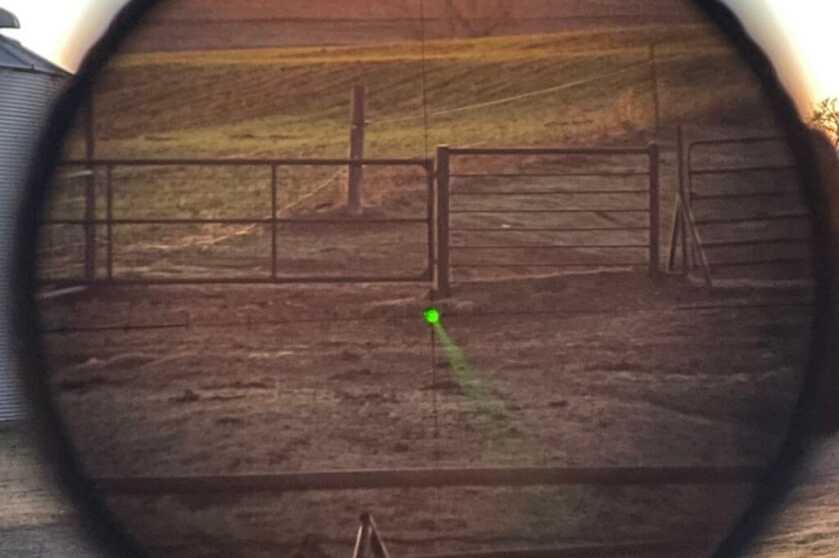

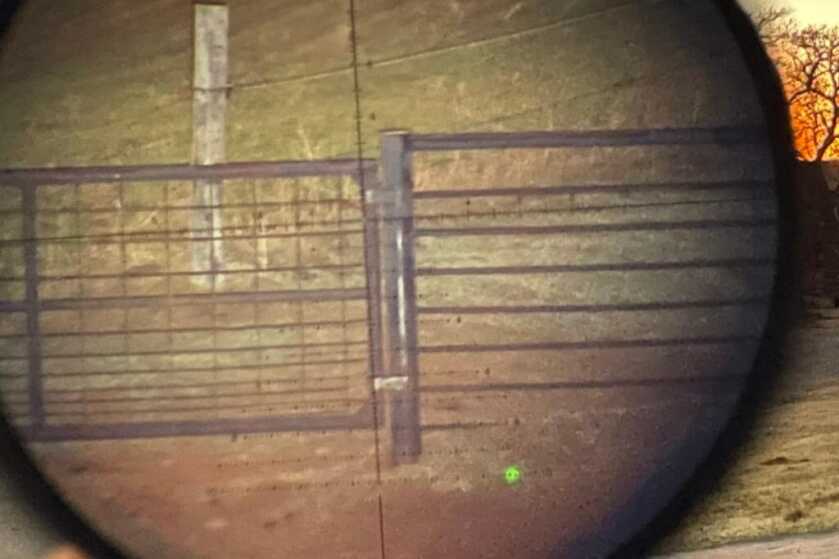
Illumination/Parallax
The illumination controls are built into the parallax adjustment keeping things nice and simple. To adjust the brightness, simply pull out the inner turret, and twist to the desired brightness setting varying from 1-10 with an off position between each level. Once the desired brightness is chosen, push the turret back in to keep it out of the way and locked in place.
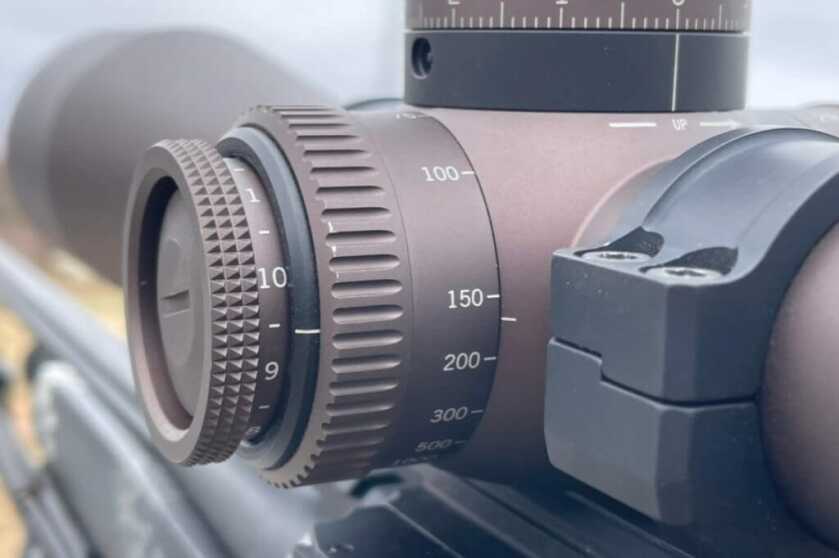
One thing I was surprised with was how much adjustment the parallax has. This 6-36 has a large diameter turret and it can almost do a complete revolution focusing on things as close as 10 yards and then out to infinity and beyond. This focus really lets you fine-tune what you are looking at through the scope.
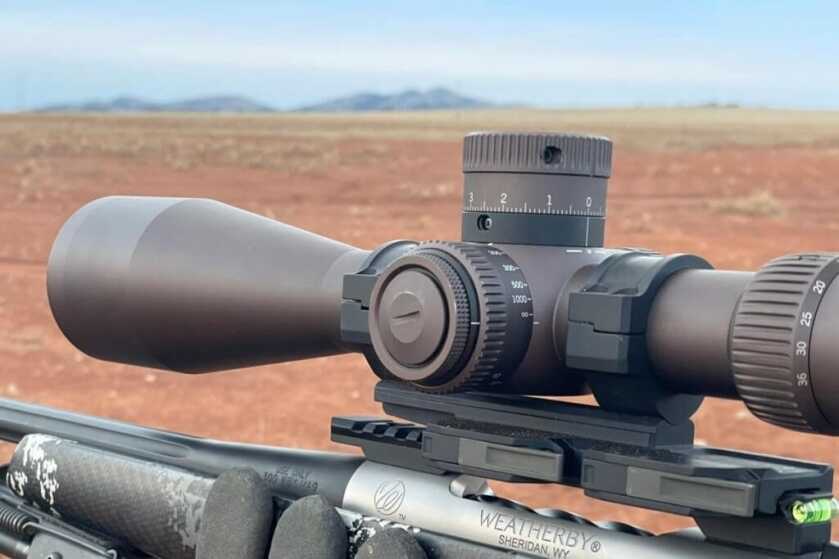
Magnification
The magnification adjustment ranges from 6-36 power and it is much easier to twist than a lot of other scopes I have experience with. While most other scopes in this magnification range have a pretty stiff magnification ring, the Razor’s adjustment has very little resistance. The resistance is enough to keep it from self-adjusting but light enough for quick one-handed adjustments. I personally like the resistance level this scope uses for the magnification ring, but it is on the lower end of similar scopes I have tried.
Field Testing
Now for shootability. The eyebox is much better than I would have anticipated for a 6-36. I had it mounted on an AR10 and didn’t have issues maintaining a sight picture when double-tapping targets. I actually ended up getting a quick shot off at 30 yards on a wild boar that walked out on me as I was processing a buck I had shot minutes before. To my surprise, the boar stopped to look at me and I had to make a split-second shot as he started to trot away. While an offset red dot would have been ideal here, I didn’t have the mount arrive by that time to mount one up, and the eyebox of the Razor was generous enough to help me make the quick shot.

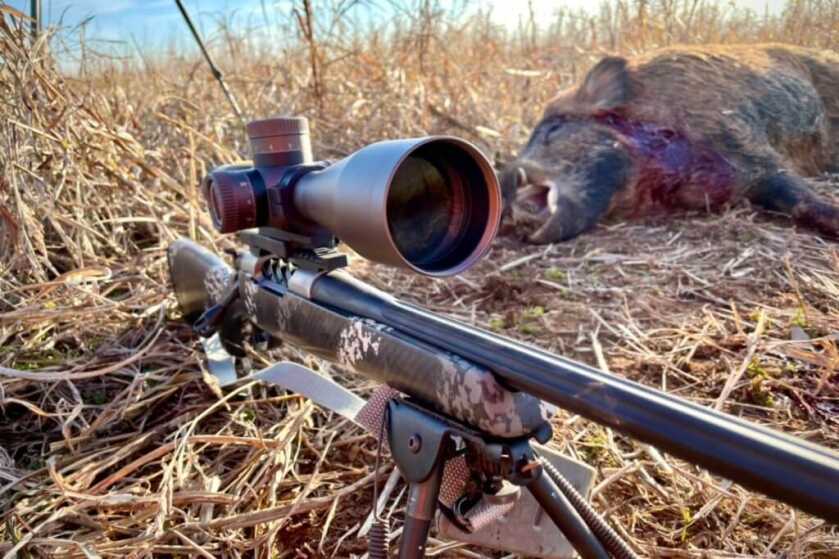
Rugged long-range scopes typically aren’t ultralight, and the Razor is no exception. While the 6-36 manages to shave 3oz off the weight of the Razor HD GEN II 4.5-27X56 FFP to come in at a total of 45.1 oz, it is still nearly half the weight of my ultralight Weatherby Mark IV Backcountry 2.0 TI. However, the scope provides a lot of potential to any rifle equipped with it. It has an overall length of 15.3″ while remaining quite rugged. The scope feels solid and very well-built.
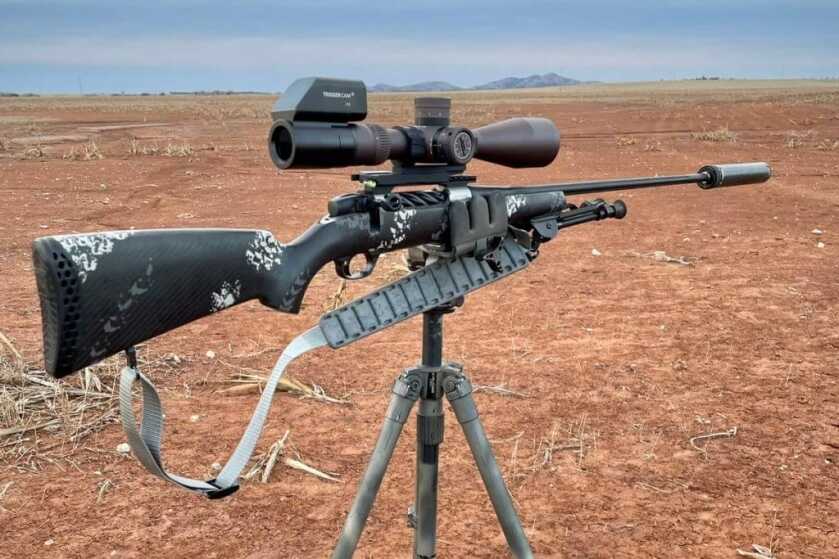
Summary
When people consider dropping some pretty serious money on a scope like this, they want to know how clear the glass is. While I am no long-range guru, this was the clearest scope I have ever used. I was honestly blown away. I own an Eotech 5-25, and this is much better. When zooming in on other optics they can start to have some noticeable distortion or fuzziness, but this Razor HD Gen III 6-36×56 looks great at any magnification. The mirage at longer distances seemed to be the only thing holding me back from reading the fine print on a crisp $100 dollar bill at 1000 yards. Just kidding. Kinda. But not really. In addition to suburb clarity, the razor features Vortex’s XR Plus Fully Multi-Coated lens which are optically indexed to provide edge-to-edge sharpness and brightness. The light collection is impressive, and it allowed me to observe some deer before sunrise in low-light conditions.
Overall this is one awesome optic. The glass clarity is superb, the housing is built tough, the turret system is effective, and I am a fan of the reticle. While it may be better suited for a target/long-range shooting platform than a lightweight backcountry setup, the Razor HD Gen III 6-36X56 FFP will perform despite the environment. MSRP is listed as $3,999, but with all things Vortex, the street price is quite a bit under this. If the weight and size are acceptable for the situation, this optic isn’t going to let you down.
*** Buy and Sell on GunsAmerica! ***






